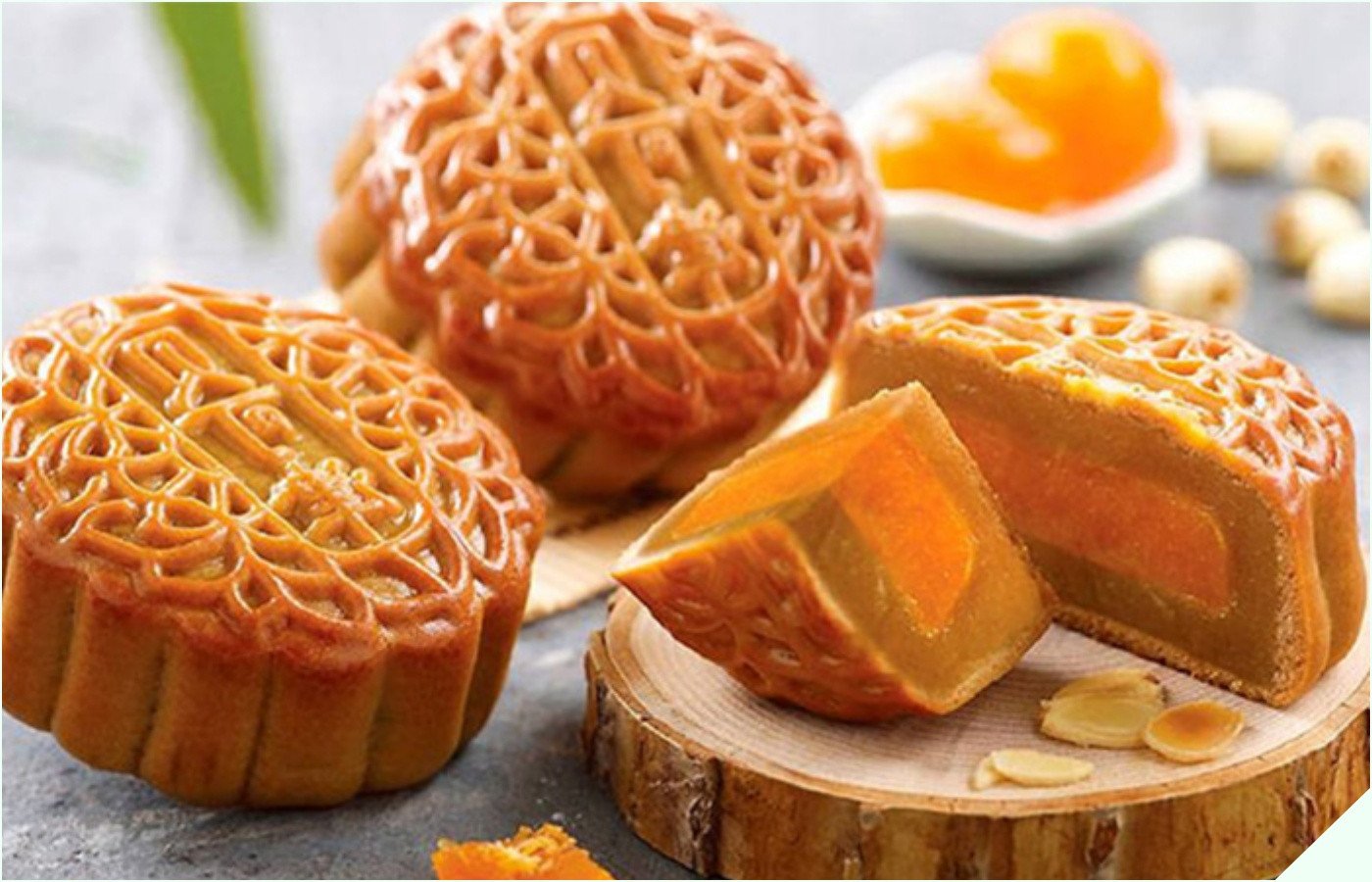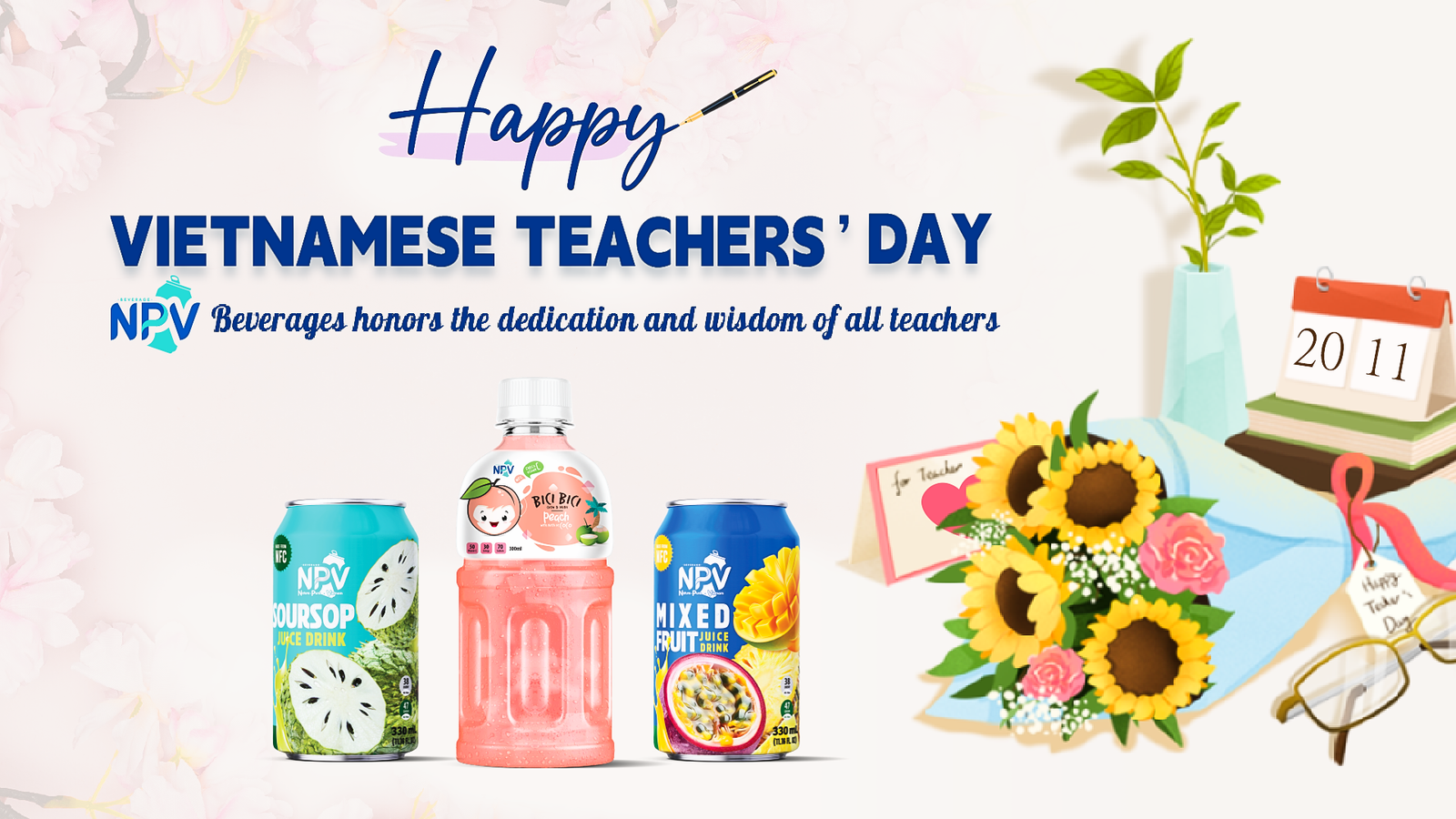The Vietnamese Mid-Autumn Festival, known as “Tết Trung Thu,” is a delightful occasion that casts a warm and luminous glow across the country. This cherished celebration, steeped in tradition and folklore, occurs on the 15th day of the eighth lunar month.

Vietnamese gather during the full moon to celebrate gratitude, family, and unity
The Legend Of The Mid-Autumn Festival
The Mid-Autumn Festival has various origin stories, and here’s a popular legend.
Once upon a time, there lived a lovely fairy named Hang Nga, who had a deep affection for children. Hang Nga would frequently venture to Earth secretly to recreation with children, even though it was strictly prohibited in the fairy realm.
One day, the Jade Emperor organized a mooncake competition for the full moon. The goal was to make the most delicious, visually impressive, and uniquely unique cake, with significant rewards for the victor. Hang Nga descended to Earth, determined to uncover the cake-making secret for the upcoming competition.
Hang Nga met Uncle Cuoi, who showed her a technique for creating cakes by mixing and baking all the ingredients. When the children sampled Uncle Cuoi’s cakes, they were delighted and praised their deliciousness. With Uncle Cuoi’s help, Hang Nga triumphed in the competition, and these cakes earned fame as “moon cakes.”
During that period, an extraordinary event caused Uncle Cuoi and the banyan tree to be transported to the moon. Cuoi found himself stranded there, longing for home and plagued by sorrow. Witnessing his struggle, Hang Nga implored the Jade Emperor for Cuoi to annually reunite with his family on the 8th lunar full moon. Hang Nga also sought permission to descend to Earth that day to enjoy herself and bring moon cakes for the children to savor.
Since then, on the full moon day of the 8th lunar month each year, Hang Nga and Uncle Cuoi are granted permission to return to Earth to enjoy time with the children and be reunited with their families. This special occasion was named the “Mid-Autumn Festival” by the Jade Emperor, and as a result, it also gave rise to the name “Children’s Festival.”

Hang Nga and Uncle Cuoi are two essential figures in the Mid-Autumn Festival (Photo: Internet)
Traditional customs during the Mid-Autumn Festival
Lantern
Lanterns represent yet another defining feature of the Mid-Autumn Festival. Children, in particular, anticipate this season, eagerly selecting their preferred lanterns and parading them through the moonlit streets. The radiant lanterns cast a mesmerizing glow, infusing the surroundings with enchantment. The lantern processions, where children and their families stroll through the neighborhood with illuminated lanterns, form a captivating and picturesque spectacle.
Dragon and Lion dances
The festival comes alive with exhilaration and energy thanks to the captivating Dragon and Lion dances. These spirited performances feature a team of skilled performers orchestrating the movements of impressive dragon and lion puppets. These mesmerizing dances are steeped in tradition and are thought to usher in good fortune while dispelling negative energies, rendering them a vital and integral element of the festivities.
Moon cake

Mooncakes symbolize luck, happiness, health, and wealth during the Mid-Autumn festival (Source: Internet)
One of the cherished traditions during the Mid-Autumn Festival is the delightful practice of sharing mooncakes. These exquisite pastries hold significance beyond their culinary appeal; they serve as a powerful symbol of unity and wholeness. Mooncakes, typically filled with sweet lotus seed paste enclosed in a delicate crust, are at the heart of this tradition. Moreover, there are also a variety of mixed cakes crafted from an array of ingredients. These mooncakes often boast intricate designs featuring moon imagery and creatures from folklore, adding a touch of artistry to their deliciousness. Exchanging mooncakes among family members, friends, and colleagues is a sincere expression of affection and mutual respect, strengthening the bonds of love and community.
Family Gathering
The Vietnamese Mid-Autumn Festival is a testament to the paramount significance of family and community bonds. This occasion brings together generations, fostering opportunities for sharing stories legends, and the strengthening of familial ties. The festivities are further enriched by the inclusion of traditional songs and plays, frequently presented by children, contributing a profound layer of cultural richness to the celebration.
As night arrives, families gather outside to enjoy the bright full moon. Some set up altars with fruits, candies, and incense as offerings, while others simply bask in its soft, silvery light. Making wishes under the moon is a beloved tradition believed to bring good luck and fulfillment.
The Mid-Autumn Festival is also steeped in mythology, with one of the most famous tales being that of Cuội, a woodcutter banished to the moon. This legend is recounted during the festival, reinforcing the connection between the moon and Vietnamese culture.

The Mid-Autumn Festival is a time for sharing life stories and appreciating the radiant moonlight together (Photo: Internet)
In conclusion, the Vietnamese Mid-Autumn Festival celebrates beauty, tradition, and togetherness. It encapsulates the essence of Vietnamese culture, emphasizing family values, gratitude, and the appreciation of nature’s wonders.







